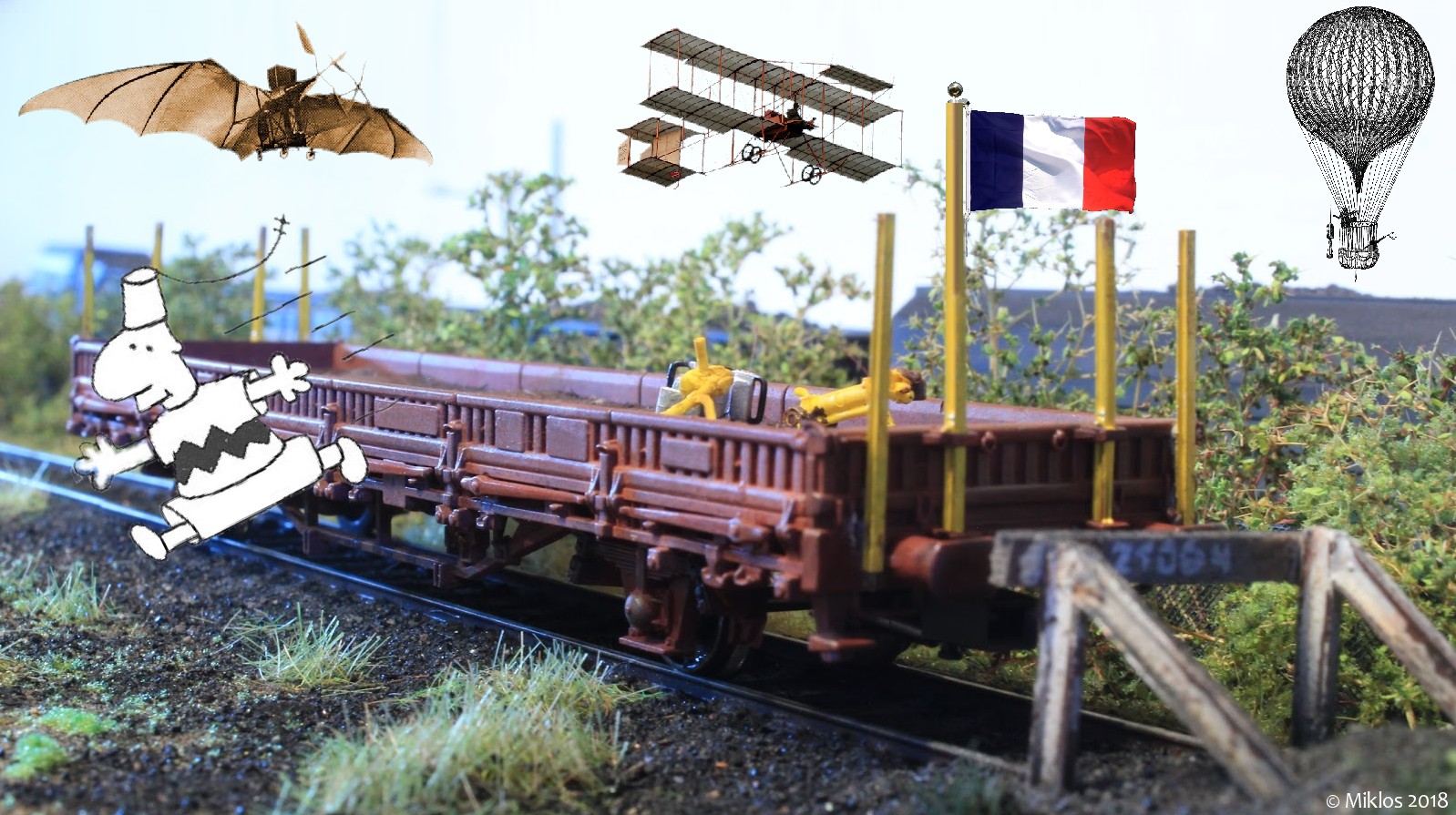Chat alors ! Comme c’est curieux ! comme c’est bizarre ! et quelle coïncidence !

“And he began with the simple things that everybody’s known and felt—the freshness of a fine morning when you’re young, and the taste of food when you’re hungry, and the new day that’s every day when you’re a child. He took them up and he turned them in his hands. They were good things for any man. But without freedom, they sickened. And when he talked of those enslaved, and the sorrows of slavery, his voice got like a big bell. He talked of the early days of America and the men who had made those days. It wasn’t a spread-eagle speech, but he made you see it. He admitted all the wrong that had ever been done. But he showed how, out of the wrong and the right, the suffering and the starvations, something new had come. And everybody had played a part in it, even the traitors.”
– Stephen Vincent Benét, The Devil And Daniel Webster.
La collection L’Éveilleur Étrange a récemment (2017) publié Le Roi des chats, recueil de six nouvelles fantastiques mâtinées d’un léger humour décalé de Stephen Vincent Benét (1898-1943) traduites de l’anglais (The King of the Cats, 1929) par Pierre Javel.
Dans la préface, Thierry Gillybœuf écrit : « Qui, aujourd’hui, en France, connaît le nom de cet écrivain […], dont aucune œuvre n’était plus disponible dans notre langue […] ? » jusqu’à cette publication. Oubli d’autant plus curieux que la Library of America (à ne pas confondre avec la bibliothèque du Congrès) avait inclus ce recueil dans sa rétrospective de 200 ans de contes fantastiques américains (en 2009).
 Eh bien, moi, par exemple. Adolescent, j’avais lu et aimé, ri, et été bouleversé par la lecture de The Devil and Daniel Webster en anglais (était-ce dans une classe d’anglais, en Israël ? Où étais-je tombé dessus par hasard?), célèbre conte faustien publié en 1936 (et adapté pour l’opéra deux ans plus tard, pour devenir un film en 1941).
Eh bien, moi, par exemple. Adolescent, j’avais lu et aimé, ri, et été bouleversé par la lecture de The Devil and Daniel Webster en anglais (était-ce dans une classe d’anglais, en Israël ? Où étais-je tombé dessus par hasard?), célèbre conte faustien publié en 1936 (et adapté pour l’opéra deux ans plus tard, pour devenir un film en 1941).
Mais revenons à nos moutons, ou plutôt à nos chats. Selon la préface, Benét aurait repris un conte populaire britannique éponyme. Selon quelques sources en ligne, la première version connue en serait Beware the Cat (1553) de William Baldwin, qui aurait l’insigne distinction d’être la première longue œuvre en prose de fiction en langue anglaise (on peut aussi en trouver une version modernisée et une courte vidéo ci-dessous). Elle est en plus apparemment déroutante et inclassifiable.
À la lecture des résumés qu’on trouve de cet ancien conte, il semble que Benét ait innové, et de façon assez spectaculaire : ses deux personnages principaux s’avèrent être un homme-chat et une femme-chatte et le conte décrit principalement la fascination qu’ils exercent sur leur entourage, ce qui paraît tout à fait absent des versions précédentes de ce conte. Le récit de Baldwin ne constitue en fait que la chute de celui de Benét.
Cette caractéristique ne peut éviter de rappeler le fameux conte japonais du chat-vampire de Nabeshima (cf. texte et contexte ici). Benét aurait-il pu en avoir connaissance ? Peut-être : une version en avait été publiée aux États-Unis en 1871, in Tales of Old Japan, près de 30 ans avant la naissance de Benét.
Enfin, on remarquera qu’un quasi homonyme de Stephen Vincent Benét, Vincent Bénet, professeur à l’Inalco, est titulaire d’une maîtrise en littérature russe sur « Le mythe du chat dans le Maître et Marguerite de Boulgakov »… Ce qui explique la célèbre interjection de Madame Martin qui intitule ce billet.
Les autres contes du recueil Le Roi des chats ne sont pas tous folichons : on mentionnera La Fuite en Égypte (mauvaise traduction, à mon avis, du titre original Into Egypt : il est loin de s’agir ici d’une fuite) décrit sobrement la tragique expulsion du Peuple maudit, du point de vue d’un officier chargé d’en superviser la bonne marche. Conte superbe, par l’empathie qu’il dégage discrètement (empathie que l’on retrouve dans d’autres contes de Benét, à l’instar de Daniel Webster, cf. la citation en exergue), par son actualité (le président américain actuel devrait le lire, cela changerait peut-être ses plans d’expulser ces maudits migrants étrangers non blancs non chrétiens non Américains) et aussi par sa chute.
Ce mélange de quasi fantastique et de réalisme, d’humour, d’ironie et de tragique sans effets de manche n’est pas sans rappeler le recueil Le Passe-muraille de Marcel Aymé. Bref, Benét est un écrivain à connaître. Voici deux recueils d’œuvres choisies de ses œuvres (en anglais) : 1. Poésie. 2. Prose.

